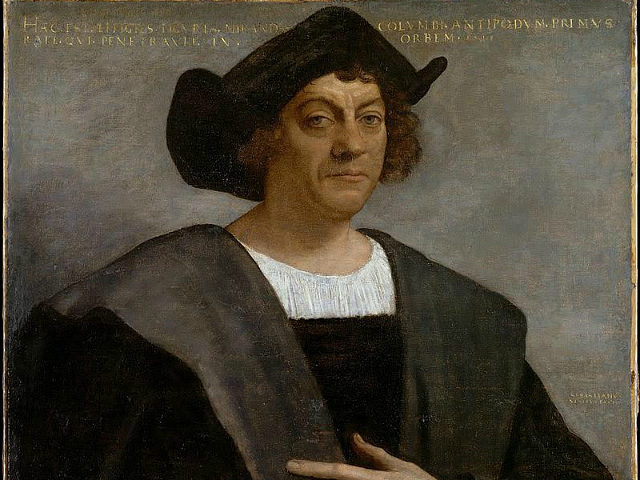Students at the University of Notre Dame are calling for the removal of a mural of Christopher Columbus that has been attached to the university’s main building since 1884.
Members of the Notre Dame community are calling for the removal of an old mural featured in the university’s main building that depicts Christopher Columbus’ journey to the Americas in 1492. There are actually 12 murals in total hung in the main building that depict his journey and arrival to the Americas.
Over 340 Notre Dame community members signed a letter directed at university president Rev. John Jenkins calling for the mural’s removal. The letter condemns the murals, calling them symbols of “oppression and hatred.”
“[To] any student, staff, faculty or guest who identifies with a historically oppressed group, the presence of the murals in 21st century America mocks every attempt to make campus more inclusive, more diverse and more culturally sensitive,” the letter begins.
“In this era of political divisiveness and a renewed rise of dangerous nationalism, it is time for Notre Dame to remove its own version of a Confederate monument. It is time for the murals to go,” it continues.
“The administration, time and time again, has delayed, obfuscated, printed pamphlets and denied any ability to effectively fix the concrete problems the murals represent. As such, while it is tragic that a letter like this is necessary in 2017, as long as the murals remain unchanged, we must continue to protest, write, plead and demand their removal,” the letter adds.
In response to the letter, the president’s and public relations’ office placed a pamphlet next to the mural explaining that the work fails to account for the suffering of Native Americans.
“…these murals also exist as cultural artifacts that speak to the past hopes of European Catholic immigrants who wanted to carve out a niche in an often hostile society. While these images speak to those hopes, they do so while failing to account for the suffering of Native Americans. We encourage you to consider what these paintings meant to 19th-century Americans of European origin and what they mean to us today.”

COMMENTS
Please let us know if you're having issues with commenting.